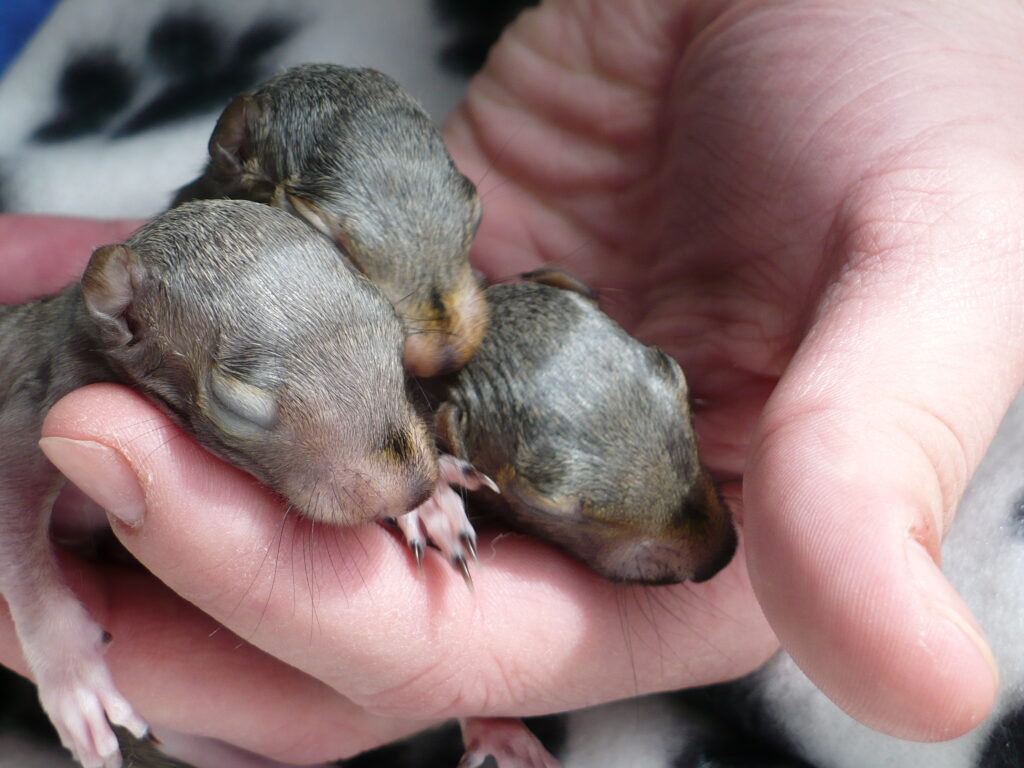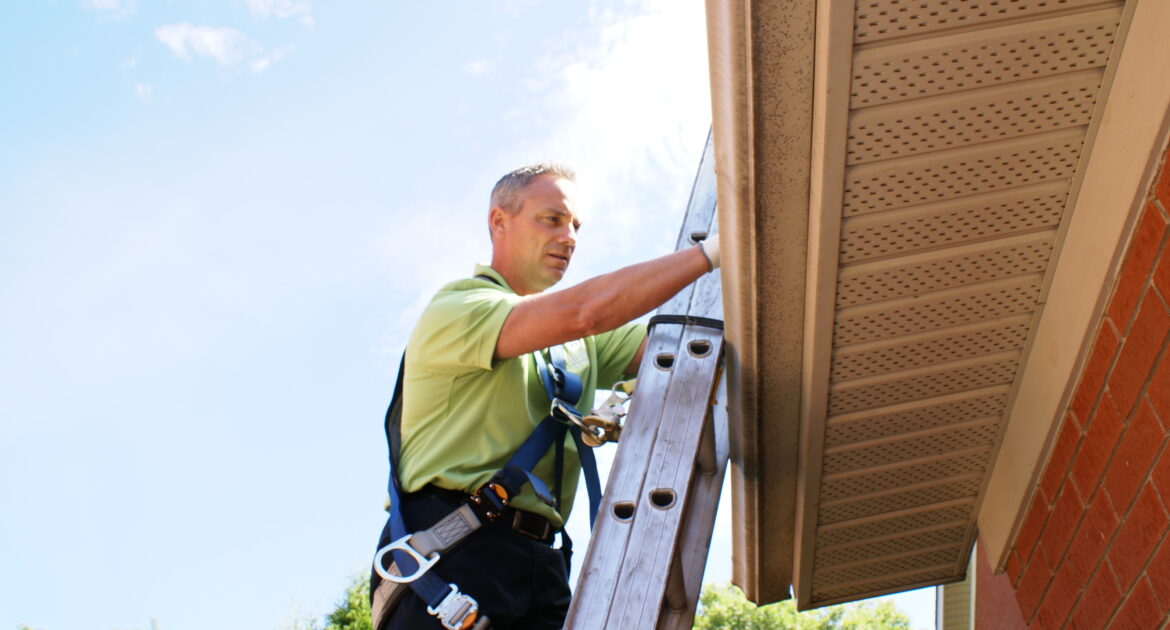While squirrels are known as the neighbourhood jesters, they can also be extremely destructive as they enter homes through soffit vents and roof soffit intersections. Sometimes, the animals find access under tile roofs along the fascia edge gap. Learning how to get rid of squirrels is about recognizing when you have a problem; it is also about prevention and securing common entry sites.
4 Signs of a Potential Squirrel Problem
Squirrels have a sleep-wake cycle similar to humans, which means it is often difficult to tell when the critters are nesting in an attic space. Still, you will see warning signs around the property and evidence of possible intruders. The key to early detection is remaining aware of the four indicators of a squirrel problem.
1. Property Damage
Squirrel damage to a house is often more visible on the exterior than on the interior. Inside, the damage usually hides in wall cavities and attic spaces. You might find some evidence of internal damage if you look close enough. Some possible damage inside the home include:
- Teeth mark on wires, walls, or wood surfaces
- Scattered insulation
- Random scatterings of wood chips
- Air vent damage
It may take time for interior damage to accumulate before it becomes noticeable, but the property’s exterior will show signs of deterioration quickly. Some of the signs of squirrel damage on the exterior include:
- Damaged bird feeders
- Ripped-up garbage bags
- Eaten plants
- Chewed bark or house panels
- Roofline damage
2. Squirrel Footprints
If the damage is not an indicator of squirrels, the tracks sure should be. Squirrel tracks are easily identifiable: the front paws have four toes, and the back has five. The tracks typically appear in groups of four paws because squirrels tend to hop instead of walk. The front paw prints usually appear toward the base of the back prints, which seems strange until you account for the hopping behaviour.
Tracks around your property mean a squirrel or squirrels are attracted to the space. While footprints don’t automatically indicate the animal is living inside your home, the proximity of the prints to your house can represent a strong likelihood.
3. Squirrel Feces
Squirrel droppings strongly indicate the animal’s presence on your property or inside your home. Unfortunately, it is often challenging to discern between squirrel droppings and other critters, like rats, raccoons, and bats. Regardless, finding droppings in a garage, attic, or around the exterior of your home is problematic.
It is best to avoid interacting with wildlife feces because it may contain bacteria and disease. If you come across wildlife excrement, contact an expert for safe removal and cleanup. The professional can assess whether the animal is a present threat to your property and disinfect the space.
4. Water Damage
Many homeowners that learn how to keep squirrels away report finding water damage as the initial sign of a problem. Unfortunately, what looks like water damage might not be. The longer squirrels can live and thrive inside your house, the more they will use the space as a restroom. In many cases, the “water damage” is actually urine.
The buildup of urine soaks into the wood in the attic space and through the insulation between the floor and the ceiling below. Finally, the urine soaks into the drywall, turning into brownish rings and resembling typical water damage.
Professional Wildlife Control Is a Must
Wildlife control services are the only way to protect and defend your property. Contact Skedaddle Humane Wildlife Control to discuss your squirrel problem and schedule an in-home inspection. The team will assess the situation and create a treatment plan, providing you with an estimate for the work.





